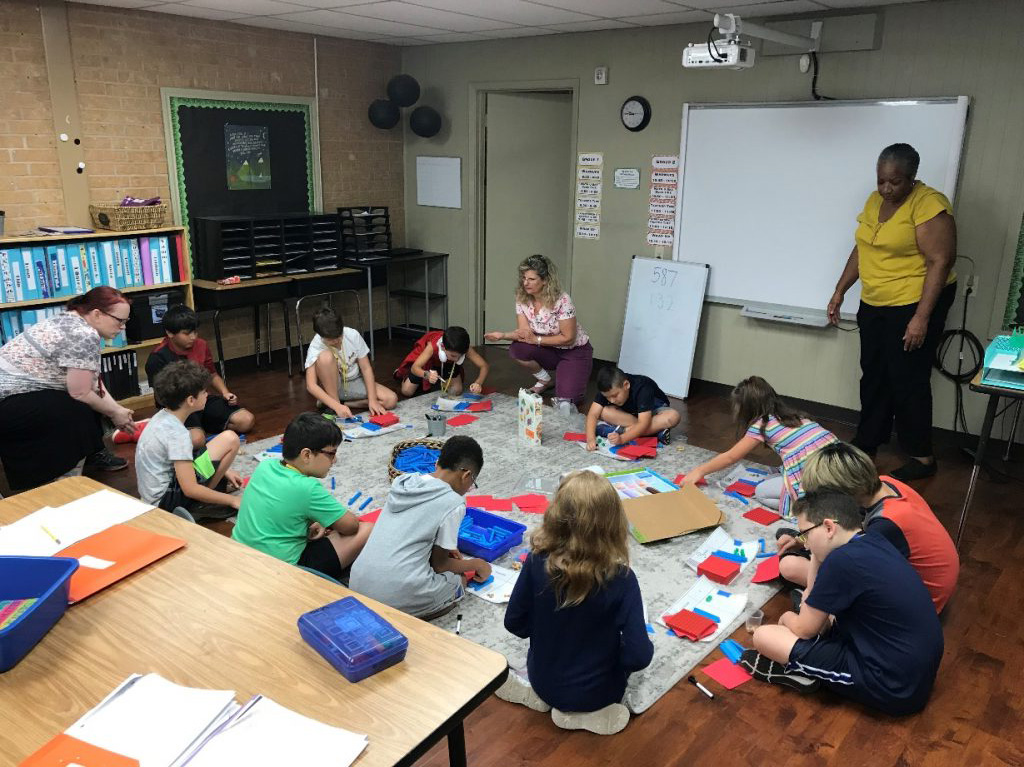COLLABORATION: THE CLASSROOM AS A TEAM

The “sit still and listen” classroom is going out of fashion, which is a blessing. Learning should never stop at internalizing accepted facts for future contributions to society. A teaching approach that’s place-based (implementing physical movement into lessons) and project-based (implementing interaction and immediate goals) lets students start making useful contributions today.
The ideal class functions as a learning team; and, as teacher, you’re the coach. Here’s how to build a winning classroom.
Even when lessons must be delivered in “presentation” form, you needn’t require everyone else to sit quietly throughout. Once basic participation rules are clear (raise your hand, wait to be called on, keep comments brief), let students freely “interrupt” with questions-or even to dispute a point you’ve made. Allow for this when planning the lesson, so you don’t have to do all the talking (at hyperspeed) just to cover essential points.
When someone raises a point that never occurred to you, beware the “Oh, no one ever did it that way” reaction. Flexible young minds are particularly good at generating new insights, so take time to consider every comment. If you have legitimate doubts about a point, ask the student and/or someone else to clarify the reasoning behind it: if nothing else, that will provide practice in critical thinking.
When someone volunteers a truly helpful idea, say so and, if possible, let everyone know when and how you’re going to put it to use. To maximize generation of good ideas, hold regular discussion periods and brainstorming sessions where students do most of the talking.
Besides encouraging verbal participation, allow fair opportunity for students whose skills cover other areas (writing, research, visual arts, etc.) and who may freeze up if asked directly for their opinions. Observe students as individuals and help them determine where they can contribute most effectively. Incorporate a variety of team projects into the curricula, emphasizing ways to divide tasks by talents.
Students deserve better than a who-can-get-the-highest-grades atmosphere that invites self-doubt, cheating, and “I’m smart-you’re dumb” bullying. Rotating members of “project teams” helps everyone remember that the whole class is the real team. So does:
- De-emphasizing (or eliminating) “grades,” and emphasizing the true long-term goals of learning.
- Talking about the wide variety of natural skills and personality traits, and the value of each. (Consider including personality and aptitude tests in your curricula.)
- Encouraging everyone to help out anyone who’s struggling to master essential skills. (Set the example: no show of impatience when someone asks a question about what you thought was obvious.)
- Providing students every opportunity to combine their skills for class projects and problem-solving. There’s no collaboration builder like a shared challenge!

